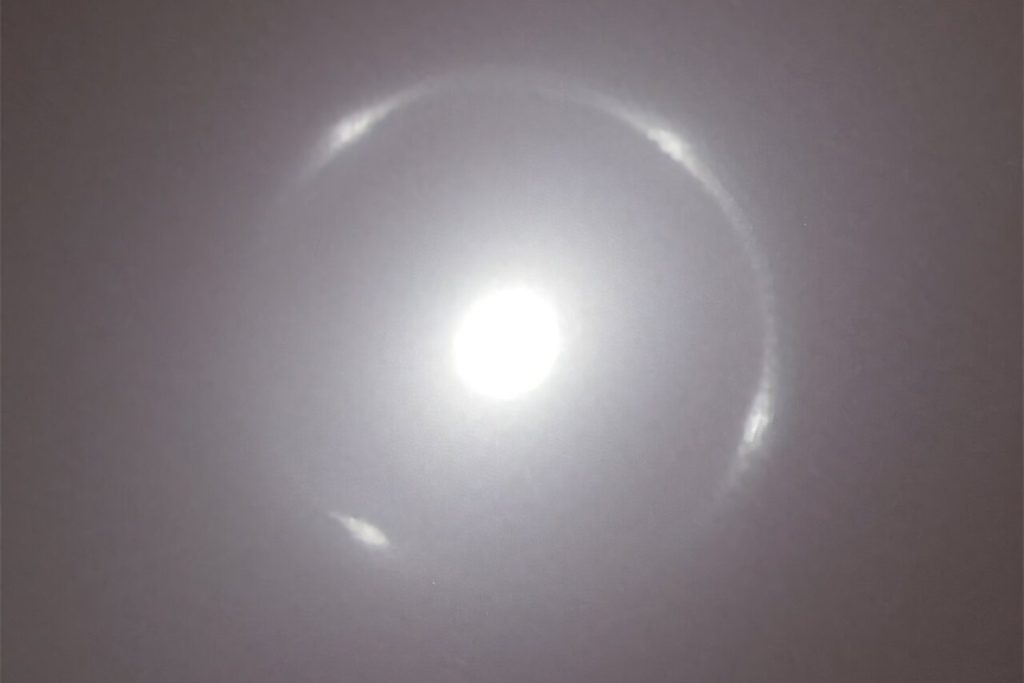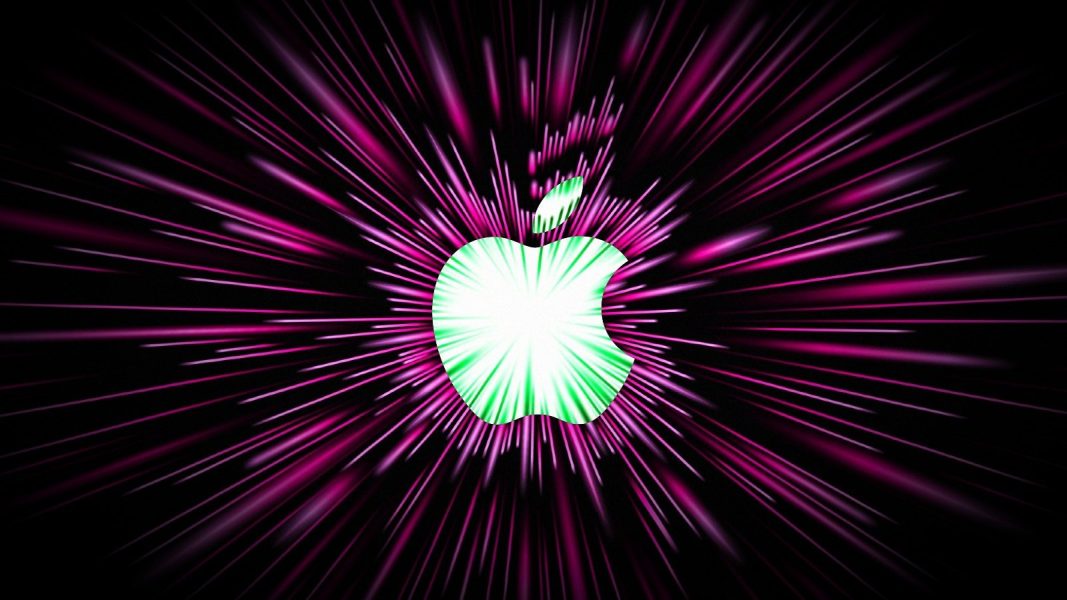Euclid Telescope Spots Einstein Ring Wrapped Around a Galaxy – Gizmodo

The $1.4 billion Euclid Space Telescope captured an Einstein Ring in one of its early test images, according to a team of scientists who recently studied the imagery.The ring sits in the galaxy NGC 6505, which is about 590 million light-years from Earth. It is formed by the fortuitous distortion of light by gravitational fields as that light travels across the universe. Euclid’s high-resolution imaging made the distant (albeit nearby in universal terms) ring remarkably well-resolved, and showcases the telescope’s power. The team’s description of the ring is published in Astronomy and Astrophysics.“All strong lenses are special, because they’re so rare, and they’re incredibly useful scientifically,” said Conor O’Riordan, an astrophysicist at the Max Planck Institute for Astrophysics and lead author of the research, in an ESA release. “This one is particularly special, because it’s so close to Earth and the alignment makes it very beautiful.”Einstein rings are gravitational lenses, or regions of spacetime in which gravitational fields bend and refocus light that passes through them. The light is magnified to an observer (say, a space telescope), making distant light sources much clearer to see than they would be otherwise. But gravitational lenses can also warp light that passes through them, often into smooshed lines or arcs. An Einstein ring is a rare gravitational lens where light is warped into a complete ring.Astronomers have spotted many Einstein rings; the Webb Space Telescope and the Nordic Optical Telescope revealed the first ring in a zigzag pattern in November 2024, and in April 2024 a different team found compelling evidence for dark matter in an Einstein ring formed by a distant quasar.Scientists have known about the galaxy in which Euclid spotted the Einstein ring since 1884, but the ring was never spotted. It’s a reminder of how much cosmic discovery lies in plain sight, waiting to be discovered with more state-of-the-art instrumentation.Euclid’s first scientific images, released in November 2023, showcased the space telescope’s power, rivaling Webb in deep space. But their scientific targets are different; Webb is studying every phase of the universe, including the earliest light we can detect, to understand everything from the first galaxies to the evolution of our solar system. Euclid is dedicated specifically to the so-called dark universe—the roughly 95% of the cosmos scientists attribute to hitherto-unidentified matter and phenomena dubbed dark matter and dark energy.In May 2024, the Euclid team released additional images taken with just 24 hours of Euclid observations. The images are four times sharper than those taken with ground-based telescopes, and include the largest images taken of space from space.And speaking of Euclid’s large images: In October, ESA scientists revealed a massive 208-gigapixel image of about 14 million galaxies taken by Euclid over 260 independent observations, part of what will ultimately be the largest-ever 3D map of the cosmos. The mosaic image is just 1% of Euclid’s wide survey, which will include billions of galaxies, including many from the ancient universe.To date, less than 1,000 strong lenses are known, according to the same release, but Euclid is expected to find about 100,000 over the course of its mission. If this ring is any indicator, Euclid has a promising future ahead of it—and space enthusiasts are the beneficiaries.
Einsteingravitational lensesRingsthe universe
Get the best tech, science, and culture news in your inbox daily.
News from the future, delivered to your present.
Please select your desired newsletters and submit your email to upgrade your inbox.
The giant jet flips the script on the origins of these structures, which were once thought to be linked only to extremely large black holes.
A galaxy in the distant universe has nine rings around it, and thanks to Hubble scientists now know why.
The puzzling discovery may force astronomers to rethink the origin of gamma ray bursts.
Researchers found far more hidden black holes than previously known, indicating plenty of behemoths lurking in thick clouds of gas and dust.
The cutting-edge observatory is charged with seeing some of the earliest visible light, and the recent image achieves a new milestone in stellar astronomy.
Perplexing data in the early 2000s raised questions about how planetary formation began in the universe, and new data from Webb provides some answers.
Best of CES 2025 Awards ➜We may earn a commission when you buy through links on our sites.
©2025 GIZMODO USA LLC. All rights reserved.Mode
Follow us
Mode
Follow us
Source: https://gizmodo.com/euclid-telescope-spots-einstein-ring-wrapped-around-a-galaxy-2000561575






